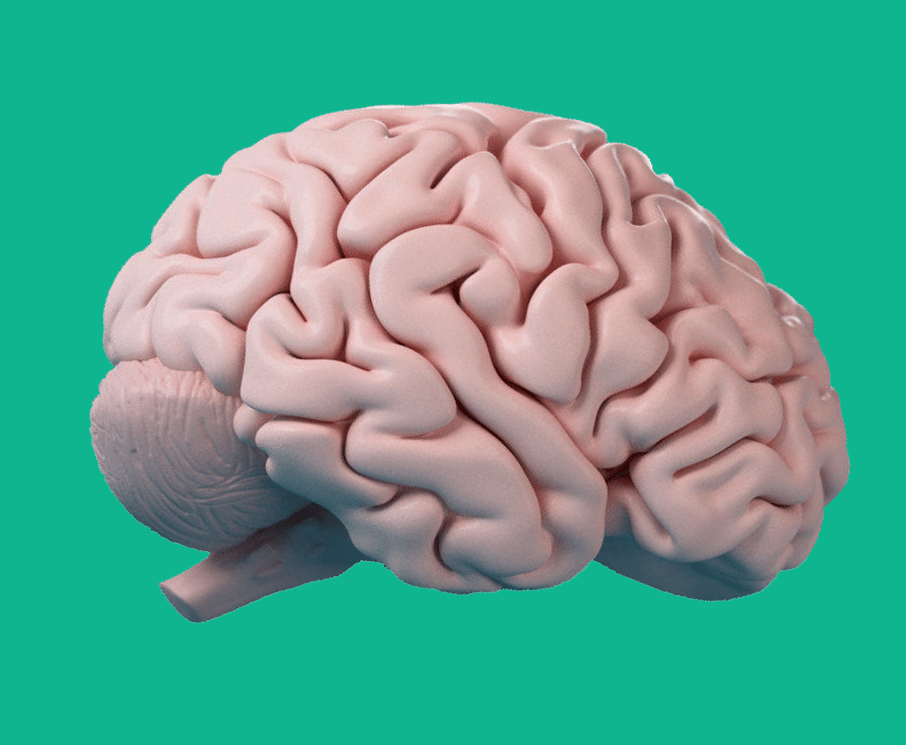Head-related injuries are critical in nature and need immediate expert medical assistance to treat them. These are mostly suffered by people involved in road traffic accidents, mishaps at their workplace, or generally due to assault or falling off.
Even where essential first aid is provided to victims involved in an accident, medical professionals must treat head-related injuries due to the brain’s sensitive nature.
Traumatic brain injuries are caused due to blows or physical force directly on the head and are the most aggravated form of head-related damage. Hence they do not entail good results in most cases.
Coup, Contrecoup, and Coup-Contrecoup Brain Injuries
Coup-contrecoup brain injuries fall under traumatic brain injuries and are deadly for their complex nature in identifying the injury’s internal spots. With a coup brain injury, the brain is damaged at the very point of impact. This is determined through apparent scars or bruises on the outer skull.
When you suffer a coup injury, the lining of your brain may only be injured right on the side where the point of impact was. However, in a contrecoup injury, you may suffer brain damage on the side of the brain lying exactly opposite the impact point. This is due to the internal movement of the brain upon sudden thrust suffered by the head.
Due to a severe bump, your brain may hit the skull at the opposite end and suffer severe damage. This damage can include external bleeding, bruising, and swelling of the brain. At times, blood and cerebrospinal fluid flow may also be interrupted or choked on the injured side.
Combinedly, a coup-contrecoup brain injury involves trauma at both sides: the point of impact as well as the side opposite to it. This injury can be the most fatal of all since it is difficult to suggest whether both sides of the brain may be damaged without in-depth observation and scans.
Not all accidents involving strong thrusts result in coup-contrecoup injuries. Furthermore, the force must be significant enough to cause the brain to hit one side of the skull and then rebound back against the other side, causing a double-sided damage pattern.
Coup-contrecoup injuries are hence suffered at the frontal and temporal lobes of the brain.
Causes of Contrecoup Injuries
Typically, people with contrecoup injuries end up in the ER after going through a serious road traffic accident. After driving at high speeds, crashing into a stationary object or being collided with by a rashly-driven vehicle involves a tremendous amount of force. This force causes the thrust that violently shakes the brain inside the skull, hence causing injuries.
For example, a driver is hit by a high-speed vehicle from behind. Suddenly, the driver is thrust forward with extreme force and hits the steering wheel. The impact of hitting the steering wheel can result in multiple coup-contrecoup injuries.
Motorcyclists are at an even greater risk of suffering from contrecoup injuries due to the absence of any external shell to prevent sudden thrust. When hit by moving vehicles and pushed away many feet far, even pedestrians suffer tremendous force, enough to cause brain injuries internally.
Effects of Contrecoup Injuries
Although contrecoup injury victims may not show any external bleeding at all, they may have difficulty making decisions due to swelling and damage suffered at the frontal and temporal lobes. The injury may also result in language, speech, and concentrating difficulties, impaired coordination and balance, memory loss, or even paralysis.
If immediate and expert medical care is not provided, the person may also suffer permanent brain damage. For this reason, detecting the exact point of impact and assessing whether the opposite side may also be subject to damage is essential.
Coup-Contrecoup Injuries Lawsuit Funding
Contrecoup injuries are rarely suffered without an external force and always entail victims’ entitlement to claim compensation and damages for the physical harm they suffered.
If you are waiting for compensation for medical bills, loss of wages, pain, suffering, and mental agony and need to take care of your current expenses while your lawsuit is pending, pre-settlement funding can help you get through during this time.
Upon approval, receive a funding decision within 24 hours. Only pay back the advance if your lawsuit ends up in an award of damages or a settlement.










